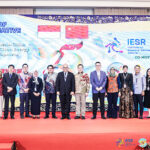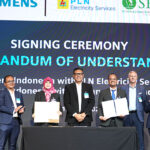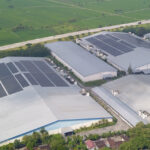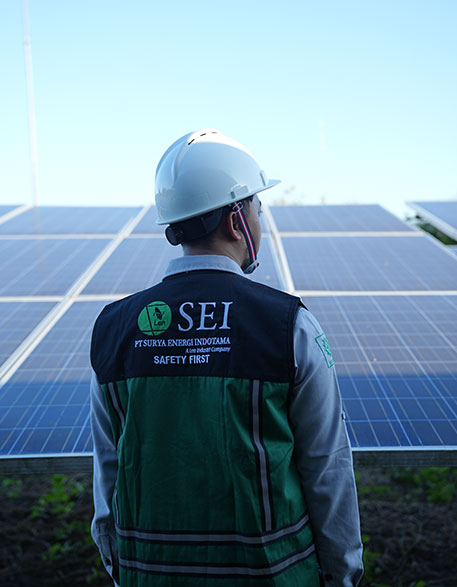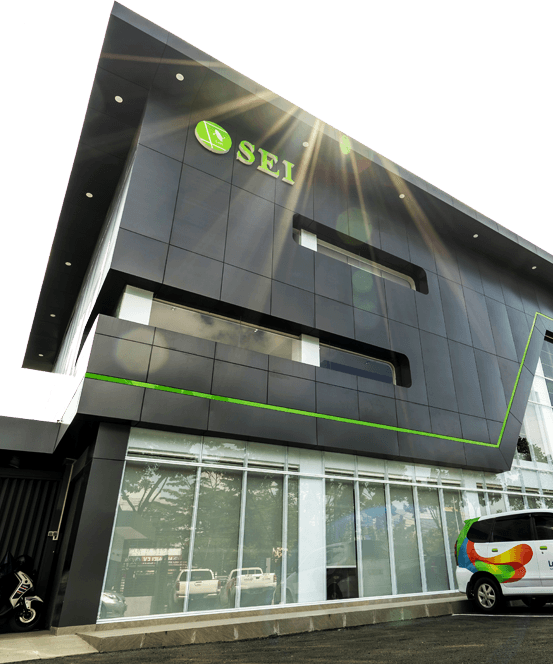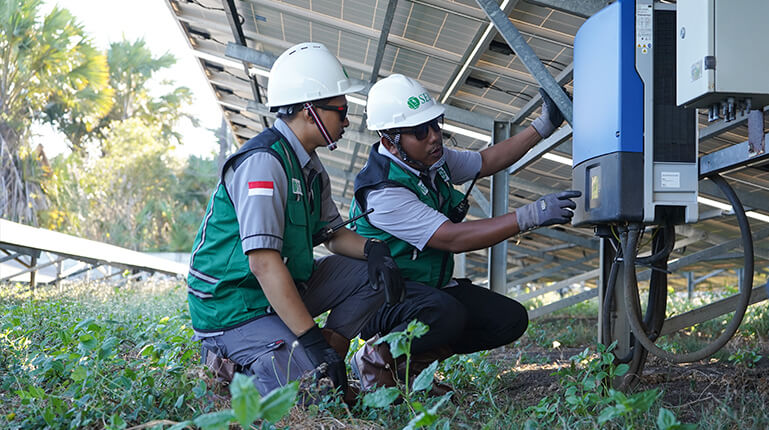
The Importance of Monitoring Solar Power Plant Performance to Optimize Use
In an era where awareness of climate change is increasing, the use of renewable energy sources such as Solar Power Plants (PLTS) is becoming increasingly important. PLTS is an effective solution to reduce dependence on fossil fuels and reduce carbon emissions. However, in order for PLTS to provide maximum benefits, continuous performance monitoring is the main key. Here are some reasons why monitoring PLTS performance is important.
- Identifying and Addressing Problems Early
One of the main reasons why monitoring PLTS performance is very important is to identify and address problems early. Without proper monitoring, technical problems or damage to the PLTS system may go undetected until they cause a significant decrease in energy production efficiency. By using sophisticated monitoring devices, problems such as dirt on solar panels, damage to components, or interference with the energy storage system can be identified early. Prompt handling of problems can prevent unnecessary energy losses and ensure that the system is operating at its optimal capacity.
- Improving System Efficiency and Performance
Monitoring PLTS performance allows system owners to obtain real-time data on energy production, consumption, and overall efficiency. This data is invaluable for operational analysis and adjustments. For example, by monitoring the tilt angle and orientation of solar panels, system owners can optimize the position of the panels to capture more sunlight. In addition, historical data analysis can help plan more effective maintenance and repairs, as well as predict and address potential efficiency declines before they become major problems.
- Optimizing Energy Usage and Cost Reduction
Effective monitoring not only helps maintain the performance of the solar PV system but also optimizes energy usage. With accurate information about energy production and consumption, users can adjust their energy usage patterns to maximize efficiency. For example, energy generated during peak sunlight can be stored and used during times when energy production is low. This not only reduces dependence on energy from other sources but can also reduce electricity costs and increase economic savings.
Monitoring the performance of solar PV is a crucial element in ensuring that the system is operating at maximum efficiency and delivering the expected benefits. By utilizing advanced monitoring technology, we can identify problems early, improve system efficiency, optimize energy use, support environmental sustainability, and strengthen partner trust. All this contributes to the development of a more sustainable and environmentally friendly future, where renewable energy sources play a central role in meeting global energy needs.
